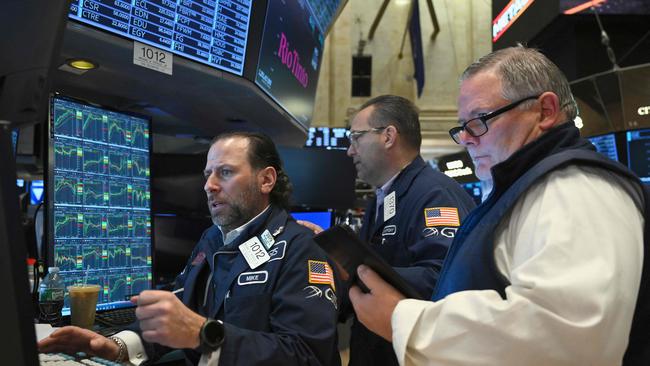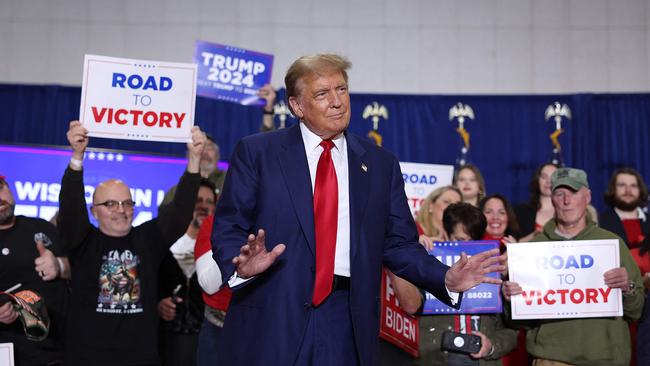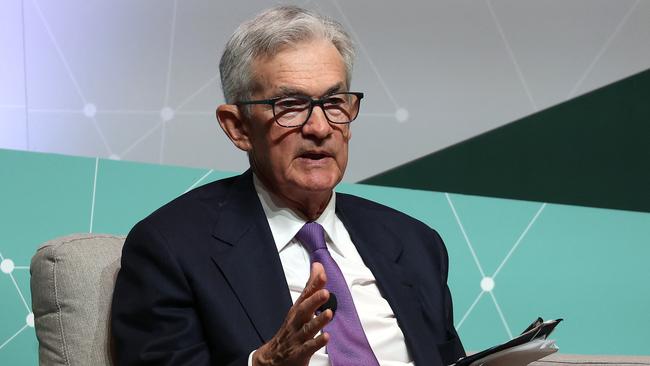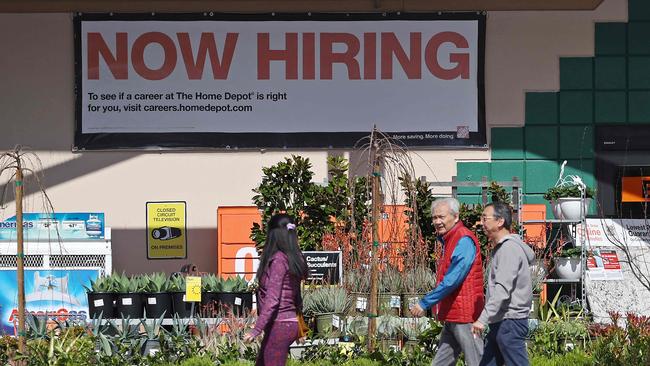
Today I will highlight some of those messages, starting with the Middle Eastern oil threat. Most of the press reports concentrate on the Israeli war as one between Hamas and Israel, but increasingly it is becoming apparent that this is a war between Israel (with US help) and Iran. Iran is using its proxy forces in Gaza, Lebanon and Yemen to attack Israel. And, in the Red Sea, those attacks extend to the US and UK. Iran is also extending its power into Syria and now threatening its own rocket attack on Israel.
The next US president, whether it be Joe Biden or Donald Trump, will need to decide whether to allow Iran to have a nuclear weapon. The non-Iran states in the Middle East, Qatar, Egypt, Emirates and Saudi, are trying desperately to bring the conflict to an end.
But that is not going to be easy because the proxies of Iran believe they are winning the PR battle on the world stage.

Serious instability in the Middle East equals higher oil prices, but in addition, given the region is also a source of investable funds, in times of uncertainty some of that capital swings into gold.
A year ago, the current higher US bond yields would have sent gold down, but the instability in the Middle East combined with other forces is diverting capital to gold.
The opinion polls tell us that Trump is a hot favourite to win the November election. As I will explain below, events over the weekend gave the Biden camp greater hope, but let’s assume a Trump win.
The two clearest Trump policies are a very harsh stop to migration into the US and US tariffs on the vast majority of imported goods. That will lift US inflation, and the US bond market gets the message.
Meanwhile, partly in preparation for the US tariffs, Japan’s currency is falling and there are signs that China will not let the Japanese currency fall alone and are allowing the renminbi to ease a little and that is likely to send other Asian currencies edging downwards in the lead up to the US election.
This is adding to gold buying pressure, including central bank purchases.
Along the journey, there will be the normal fluctuations, but the strong markets in gold are clear signals of the nervousness being created by the Middle East and a possible Trump victory.
Then over the weekend, the US employment data showed that the economy in the land of the Stars and Stripes is not deteriorating in the way Federal Reserve chair Jerome Powell was expecting when he signalled that lower interest rates were coming.
The US bond market has been ignoring such Powell prognostications and yields have been rising. Why is the US economy refusing to go into a clear downturn?

Part of the reason is that the Americans are adopting policies that are the direct opposite to what is happening in Australia.
If anything, Biden accelerated the “made in America” push that Trump started. But he also understood that if there was going to be an increase in American manufacturing, it needed to embrace the latest technologies and lift productivity. With that came substantial investment and encouragement for research to develop those required technologies.
Parts of the US defence industry were utilised for this endeavour. Many US companies, on seeing that Trump is the likely next president, are increasing their investment in preparation for the looming tariffs. Along with other government spending programs, this is driving US employment.
But that spending also means that enormous amounts of government and capital are required, which also tends to push interest rates higher. And while the current US inflation rate of below 3.5 per cent is higher than the Federal Reserve aims, it is not a disastrous figure. While wages are starting to rise, the US emphasis on productivity means that potentially the impact is containable.

History tells us that, as in Australia, Americans are reluctant to throw a president out after one term.
If Biden goes into the next election with a US economy where wages are rising and inflation is not exploding, and interest rates are not rising, he may do much better than the opinion polls currently forecast. I am not in the business of forecasting the US presidential outcome, but the weekend jobs figures were a warning that Trump is not as certain as current opinion polls say.
Whereas the US is trying to lift productivity, we are deliberately legislating to reduce productivity, and we are putting up wages which is going to force retrenchments. We face a China economy that has deep problems. The Australian economy runs on iron ore, oil, gas and coal plus agriculture. So, the Australian spending and budget outcomes are dependent on China.
The great China vision is that it will develop its close alliance with Russia into a massive power block that may include Iran. China will have secured oil, copper and other resources.
There will be increased tensions with Taiwan. While China is ahead of the US in some areas of military technology, the opportunity to link with Russia and possibly Iran and form a massive power block against the US may cause China to put a Taiwan invasion on the back burner.
Stronger ties with Russia will also give China better access to Russian copper. China’s thrust into solar panels, electric vehicles and other essential parts of global electrification will require copper.
Similar US developments will also boost copper, which stands as a major global demand beneficiary. Its prospects are based in different assumptions to oil and gold.






The markets in gold, oil, copper and US bonds are giving us a clear signal as to what looks likely to happen on the global stage.